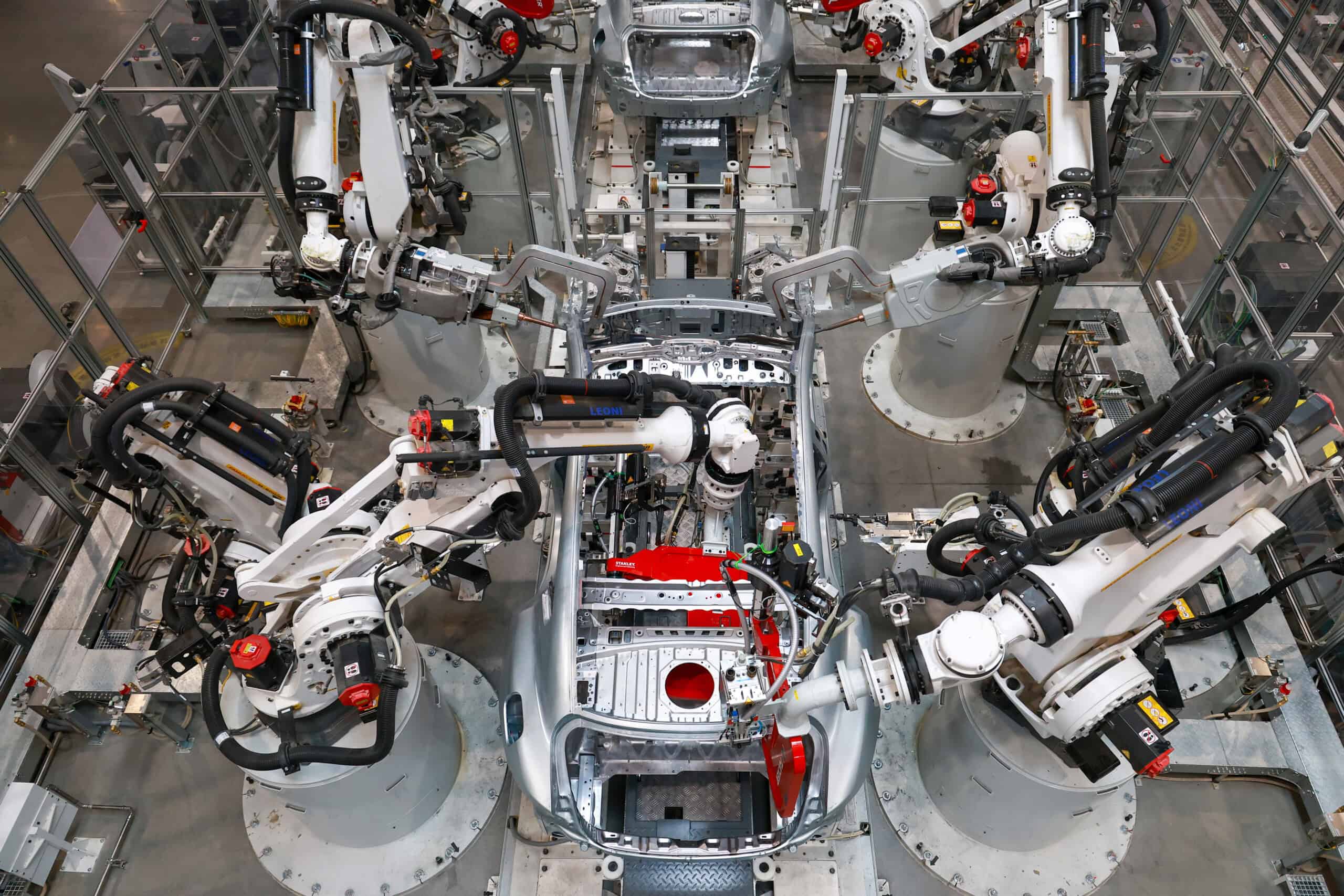Too often, the story of China is truncated or elongated. Depending on who you ask, it might begin 5,000 years ago, or in 1949, with the Communist victory, or in 1978, with Deng Xiaoping’s economic reforms and China’s rise (or return) to pre-eminence.
While the thread from dynastial China to the People’s Republic has not been a continuous one (see The Invention of China below), there is still much to glean from China’s deeper history that is relevant to its latest incarnation. It
LISTEN NOW
Face-Off: U.S. vs. China
A podcast about how the two nations,
once friends, are now foes.




